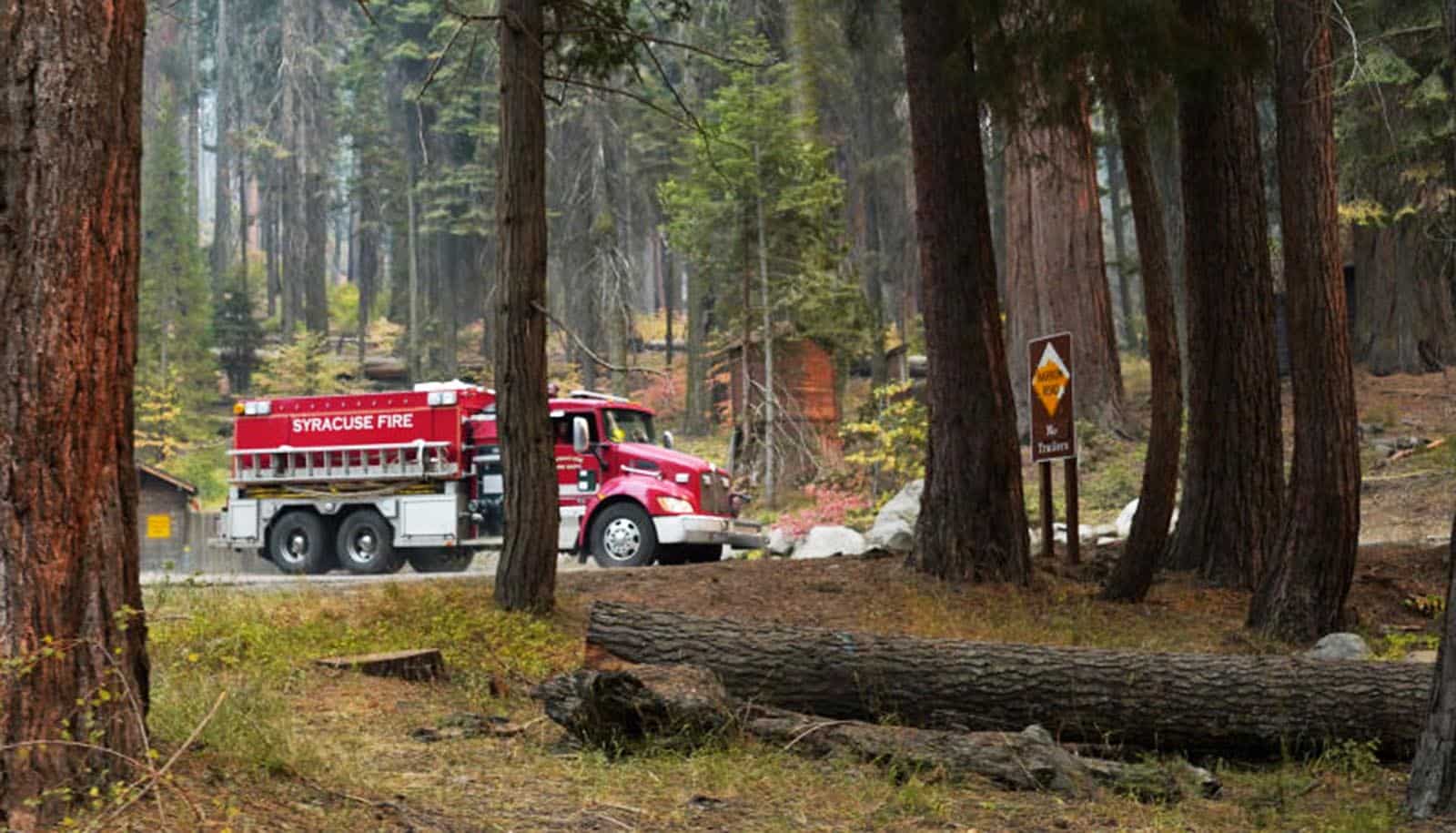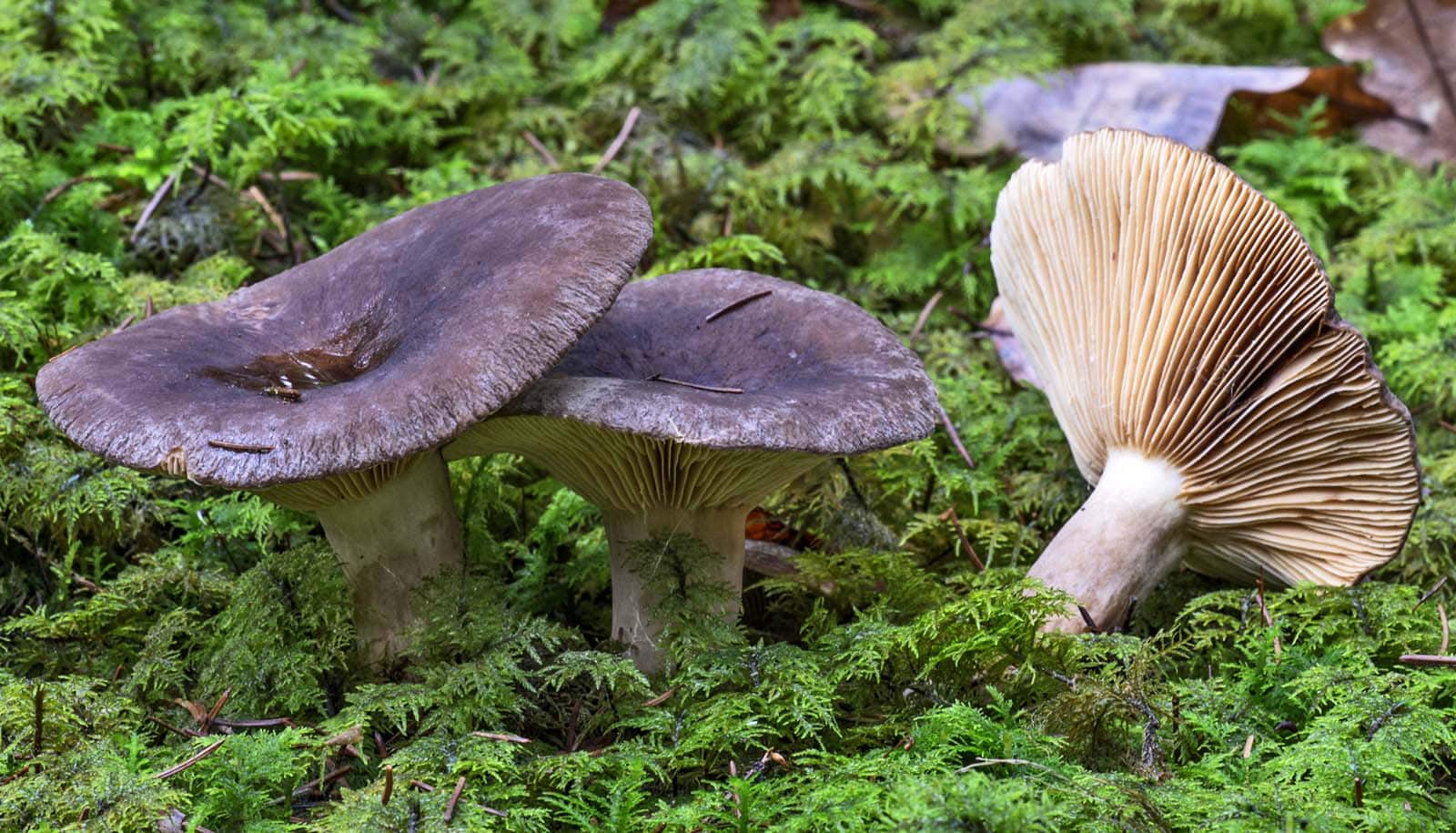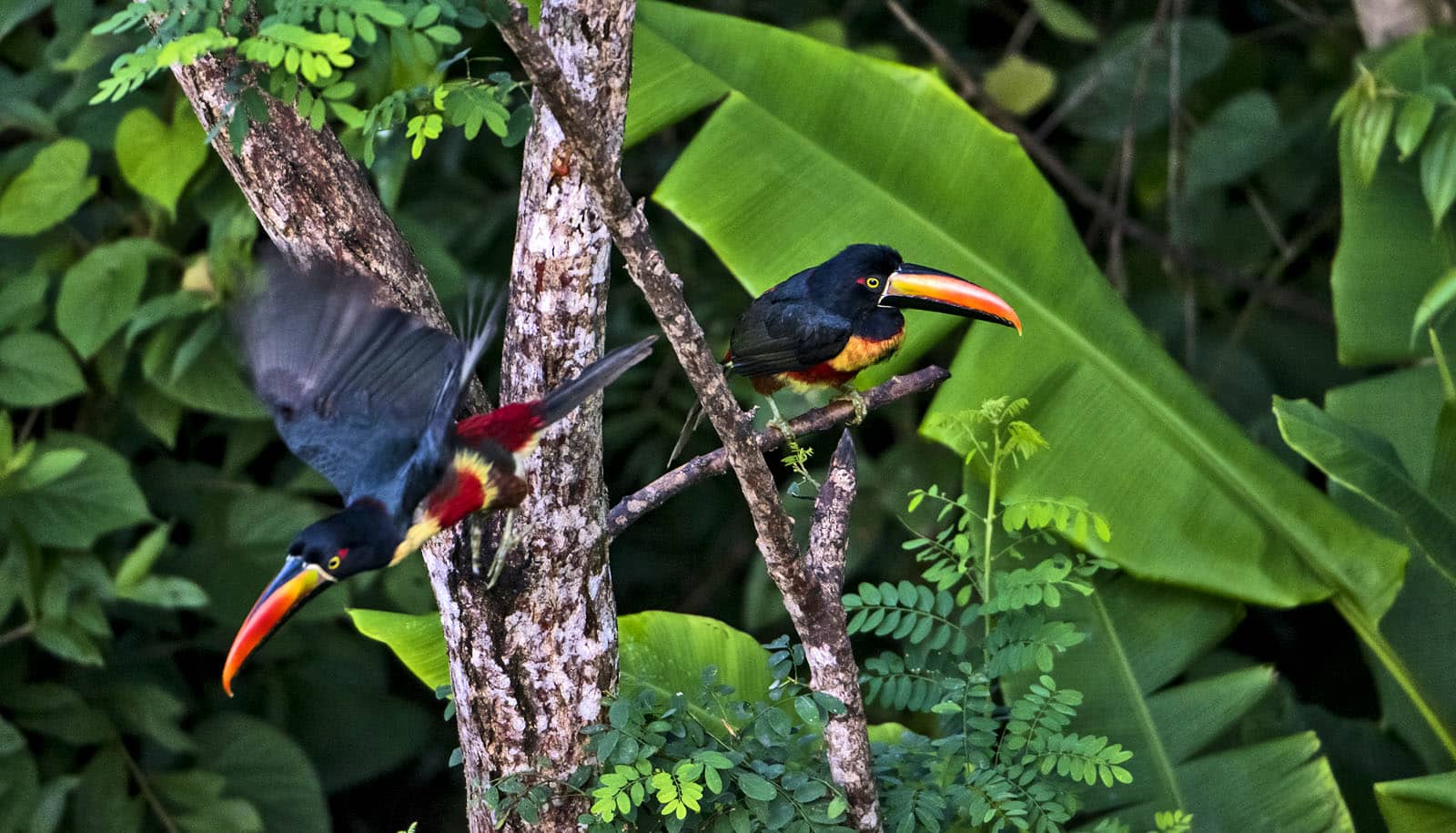Saplings reveal how changing climate may undermine forests, say researchers.
As climate scientist Don Falk was hiking through a forest, the old, green pines stretched overhead. But he had the feeling that something was missing. Then his eyes found it: a seedling, brittle and brown, overlooked because of its lifelessness. Once Falk’s eyes found one, the others quickly came into his awareness. An entire generation of young trees had died.
Falk—a professor in the University of Arizona’s School of Natural Resources and the Environment, with joint appointments in the Laboratory of Tree-Ring Research and the Arizona Institute for Resilience—refers to this large-scale die-off of the younger generation of trees as a recruitment failure. This is particularly devastating for a population of trees because the youngest are essential for forest recovery following massive die-off events, such as severe wildfires and insect outbreaks, both of which will become more frequent as the climate continues to change, he says.
To better understand how extreme climate conditions might trigger recruitment failure, Falk and his coauthors examined how five species of four-year-old trees respond to extended drought and heat.
They found that different species had different levels of drought tolerance and that all species were more tolerant of the heat wave than expected. Their findings appear in the journal Frontiers in Forests and Global Change.
In general, older trees are more tolerant of tougher conditions, Falk says. But when there are massive die-off events—which can be caused by drought and heat, sometimes with associated insects, pathogens, or wildfire—tree populations become dependent on their ability to regenerate.
“When scientists make models about future tree growth based on the conditions an adult tree can tolerate, it might not accurately reflect the future of the forests,” Falk says. “That’s why we focused on this seedling bottleneck.”
The team gathered trees from across five species found at various elevations in the Jemez Mountains of New Mexico. From lowest elevation to highest, this included ponderosa pine, piñon pine, Englemann spruce, Douglas fir, and limber pine. They then exposed the young trees to drought and heat conditions in a growth chamber, which allowed them to precisely control temperature, humidity, light, and water.
In the first round of the experiment, the team maintained the normal average temperature for each species and simply stopped watering the plants to test their response to drought conditions.
“About 8 weeks out, pretty much every tree was still dealing with it,” Falk says. “But then, as the drought got on to 12 and 14 weeks, the ponderosa pine seedlings started to die, and then the piñon seedlings started to die off, then the Engelmann spruce, and the Douglas fir. The ones that lasted longest, which really surprised us (lasting 36 weeks without water) was limber pine.”
“You would think that the species that live at lower, warmer elevations would be more drought adapted than trees living at the higher elevation,” Falk says. “But the higher elevation trees—the Douglas fir and limber pine—grow in the coolest temperatures and lived the longest. It appears that the trees are only as drought tolerant as they need to be. As climate change progresses, it will put more stress on the trees, and then there’ll probably be selection for those more drought- tolerant traits.”
Next, the team simulated an average heat wave by cranking up the temperature by 10 degrees for all species for one week.
As a result, each species died out in the exact same order, and died only slightly sooner.
“These results surprised me in a couple of ways,” says coauthor and professor emeritus David Breshears. “First, heat waves do indeed matter, but I expected them to have a larger effect than they did. So, they’re important, but the underlying drought and average warming seem to be the key drivers. Second, we found limber pine was the heartiest species and this has important implications for how our landscapes are likely to change.”
In their next experiment, the team plans to intensify the heat wave, Falk says.
“We need this type of information to help forest managers know what to expect next and guide what to plant following wildfire or other large die-off events of adult trees,” Breshears says.
Coauthors are from the University of Arizona, the United States Geological Survey, and the USDA Forest Service. The research had support from the USGS Southwest Climate Adaptation Science Center.
Source: University of Arizona



